Rangers are among the best damage-dealers in BG3, using their mastery of nature and arms to burn through health bars within a turn or two. That said, the feats you choose for your Ranger can be the difference between an enemy living and dying, so let’s choose the best ones possible.
Rangers are Dexterity-based damage dealers in Baldur’s Gate 3, with the potential to use Strength for specific builds. As a result, many of their feat choices rely on dealing weapon damage to their targets, with a few exceptions for Rangers looking to boost their survivability.
The best Ranger feat choices in BG3
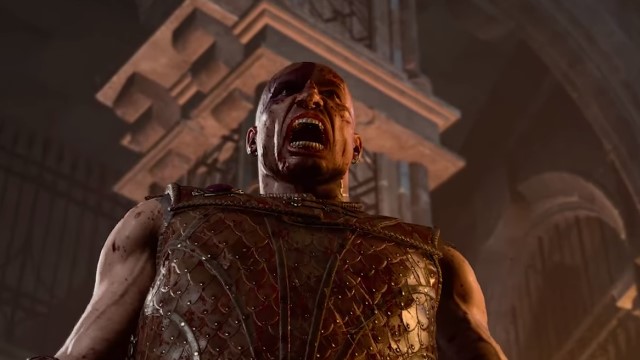
The strongest Ranger feat in BG3 is Ability Score Improvement, especially for either Dexterity or Strength. But more traditional feat choices will massively boost the damage capabilities of your Ranger, beyond the more consistent plus-two to Dexterity. Choosing your one or two feat options to do this can be difficult, though, since getting to 20 Dexterity is such a huge boon for attack and damage rolls.
We recommend only getting one or two non-Ability Score Improvement feats. Rangers strongly benefit from getting their primary stat to 20. Whether this is through feat levels or from the various other sources of Ability Score boosting, that’ll only leave you with a few chances to enhance your damage through other means. You better make them count. Here are a few feats that are impactful enough to be worth your while.
5) Martial Adept
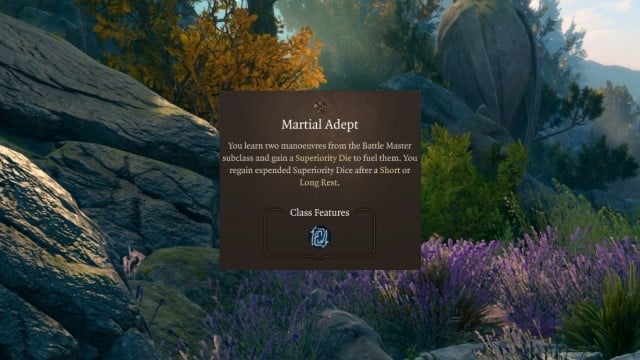
Martial Adept is a potent feat for Rangers, granting two combat maneuvers from the Battle Master’s list. You get to use one of these maneuvers per short rest, or more if you decide to multiclass into Battle Master, since you get a pool of one Superiority Dice. This lets you do devastating damage and apply a crowd control effect for free every short rest.
Once per short rest is a difficult sell for many Rangers, since your strengths come from dealing consistent damage to priority targets. That said, Martial Adept can be a very useful tool when it comes to keeping pressure on enemies who escape the ire of your party’s casters. This feature allows your Ranger to apply powerful crowd-control effects, like Prone, Frighten, or shoving. For a support-oriented Ranger, this gives them a guaranteed way to cancel Concentration, a huge boon for late-game encounters.
In addition, for damage-based Rangers, it can be a great way to add a bit of extra damage. Trip Attack on a two-weapon fighting Ranger is one of the few ways to pump your Ranger’s numbers in a fight.
That said, the short rest restriction is problematic to the overall effectiveness of this feat. You have to choose your shots very carefully, which isn’t always easy. Consider this for the Fighter multiclass, but otherwise, you might be better to leave it on the table.
4) Lucky
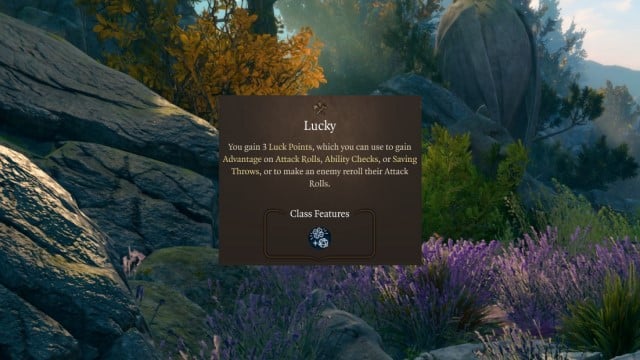
Lucky is a generally useful feat that lets you reroll a saving throw, attack roll, or ability check up to three times per day. You can also reroll enemy attack rolls, should an enemy threaten your Ranger or their party members.
This is a fantastic feat to boost the consistency of a party member. Being able to reroll basically anything in the game is very strong, allowing Rangers to dodge embarrassing misses or failed saving throws against paralysis more consistently.
But, much like Martial Adept, Lucky has a limited pool of three Luck Points to work with. Lucky tends to work best when the rerolled attack would kill a target, or if the spell you failed the saving throw against would take the Ranger out of an important fight. These big moments, where a bad roll could make a fight more deadly, is where a three-per-day ability like Lucky works best.
Lucky is also notable for being one of the most consistent ways to retry advantage or disadvantage rolls. Like Inspiration, you get to see the numbers and can try to roll again. This is fantastic, and can help iron out difficult disadvantage rolls where you’d otherwise almost always fail. It’s probably the best defensive option a Ranger could ask for, and it’s legitimately strong, so give it a try on one of your characters if you haven’t already.
3) Dual Wielder
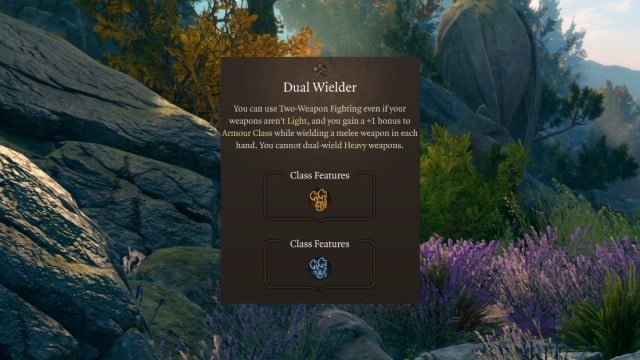
Dual Wielder does two things for a melee Ranger. First, it lets them use any one-handed weapon for two-weapon fighting, not just light ones. Then, it grants a plus-one to Armor Class while dual wielding melee weapons. Considering the wide array of powerful weapons in BG3, Dual Wielder can provide a massive improvement to damage over some of the more specific light weapon options.
Dual Wielder isn’t exactly potent by itself. By default, weapons in BG3 that aren’t light—Rapiers, Longswords, Warhammers deal around 1d8 damage, while Light Weapons—Scimitars and Shortswords—deal around 1d6 damage. This means your average damage only goes up by one. With the plus-one Armor Class, you’re basically getting plus-two to Dexterity with this feat, without the bonuses to saving throws or initiative. Not exactly superb.
Where this feat shines, however, is itemization. Scimitars and Shortswords have solid options for main and off-hand use, but many pale in comparison to the heavily impactful Longsword and Warhammer options in BG3. This feat makes the Strength Ranger a legitimately powerful threat, dual-wielding weapons like Voss’s Silver Sword or The Blood of Lathander. Or, you can use Rapiers and continue to use Dexterity for your strikes.
Overall, this feat is a good improvement for your Ranger. It allows Strength-based Rangers to really excel on the field, which makes it a good option to keep your eye on.
2) Sentinel
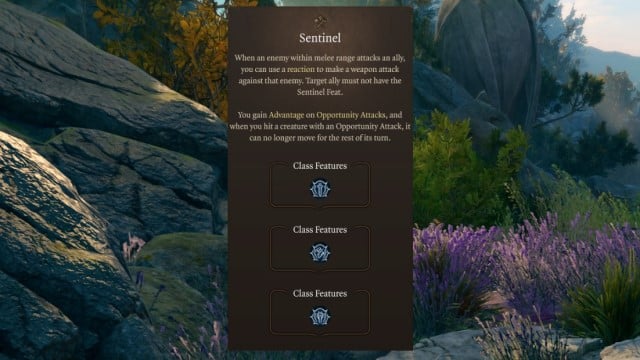
The Sentinel feat is perhaps the best option for a melee Ranger in BG3. That is because it provides three major benefits; the ability to attack enemies that swing at your allies, advantage on all opportunity attacks, and the ability to prevent enemies from moving if you land an attack of opportunity. Since you get to swing both weapons at enemies whenever they provoke these attacks from you, this can massively boost a Ranger’s damage in the frontlines.
Sentinel is, admittedly, very reliant on the rather iffy AI of enemies in mid-to-late-game BG3. Certain enemies are very willing to twitch around and focus on targets other than your Ranger in skirmishes, giving you free reign to slam them with some bonus damage. Sentinel boosts your chances there, providing another place for you to swing at a foe as well as giving you advantage on attacks when doing so.
This boosts damage in a fun way. You essentially get two more attacks per round if you’re lucky with enemy AI. And it’s not too difficult to get lucky, especially if you have low-AC casters in the party or a low-AC Monk or Ranger on the frontlines with you. With Hunter’s Mark online, you can blend enemies with relative ease as long as you’re nearby. It’s a fun way to play Ranger, and a shockingly consistent boost to your character’s damage.
1) Sharpshooter
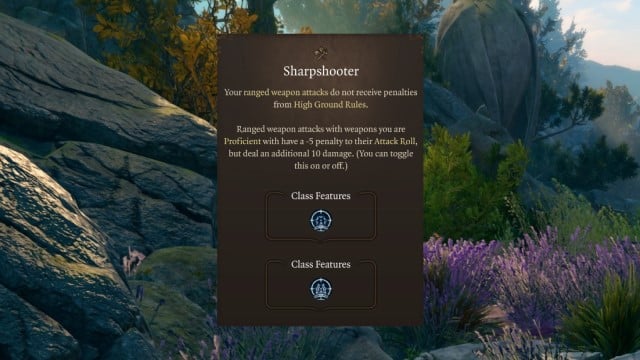
Sharpshooter is the best feat for bow-using Rangers by a big margin. Sharpshooter is a toggleable stance that reduces your accuracy by five to boost damage by 10 for all ranged weapon attacks. You also gain the ability to avoid low-ground penalties, which can come up surprisingly often during fights.
Sharpshooter’s minus-five to attack rolls might look scary at a glance. But an Archery Fighting Style Ranger has some of the best hit rolls in the game. A plus-two from a Fighting Style, plus the myriad of plus-three Bows in BG3, makes for an impressive attack roll by default. You can afford to lose 25 percent of that for 10 more damage on each and every shot.
This build gets even more enjoyable if you decide to dual-wield Hand Crossbows. Even without adding Dexterity to damage on the second shot, another plus-10 will let you keep up with many of the highest damage builds in the game.
As for the low-ground penalty, this is a minor bonus that will come up somewhat often. Many BG3 fights have you on low ground fighting upward, so this will serve as a plus-two to attack more often than not. Shooting at ambushing Githyanki is much easier when you’re not taking that penalty, let me tell you. That bonus to damage can be incredible, making Sharpshooter the best feat for standard Ranger builds by a wide margin.
Others Asked
What are the recommended ability scores for a Ranger in Baldur's Gate 3 and why?
There are two recommended spreads of ability scores: 1. Strength 10, Dexterity 16, Constitution 16, Intelligence 8, Wisdom 14, and Charisma 10. 2. Strength 16, Dexterity 10, Constitution 16, Intelligence 8, Wisdom 14, and Charisma 10 if choosing Ranger Knight as Favored Enemy. This reflects the choice between a Dexterity-based Ranger, who utilizes bows and finesse weapons, and a Strength-based Ranger, who benefits from heavy armor and melee weapons.
What is the primary benefit of the "Spell Sniper" feat for Wizards in BG3?
The primary benefit of the "Spell Sniper" feat for Wizards in BG3 is the ability to improve critical hit rates with spells by one, and the opportunity to learn a cantrip that uses a spell attack roll like Eldritch Blast, which can be cast using Intelligence instead of Charisma.
Why is Great Weapon Master considered the best feat for Barbarians in Baldur's Gate 3?
Great Weapon Master is considered the best feat because it grants plus-10 to damage rolls while wielding a melee weapon in two hands and allows an extra attack as a bonus action if critically hitting or killing an enemy, significantly boosting damage potential.


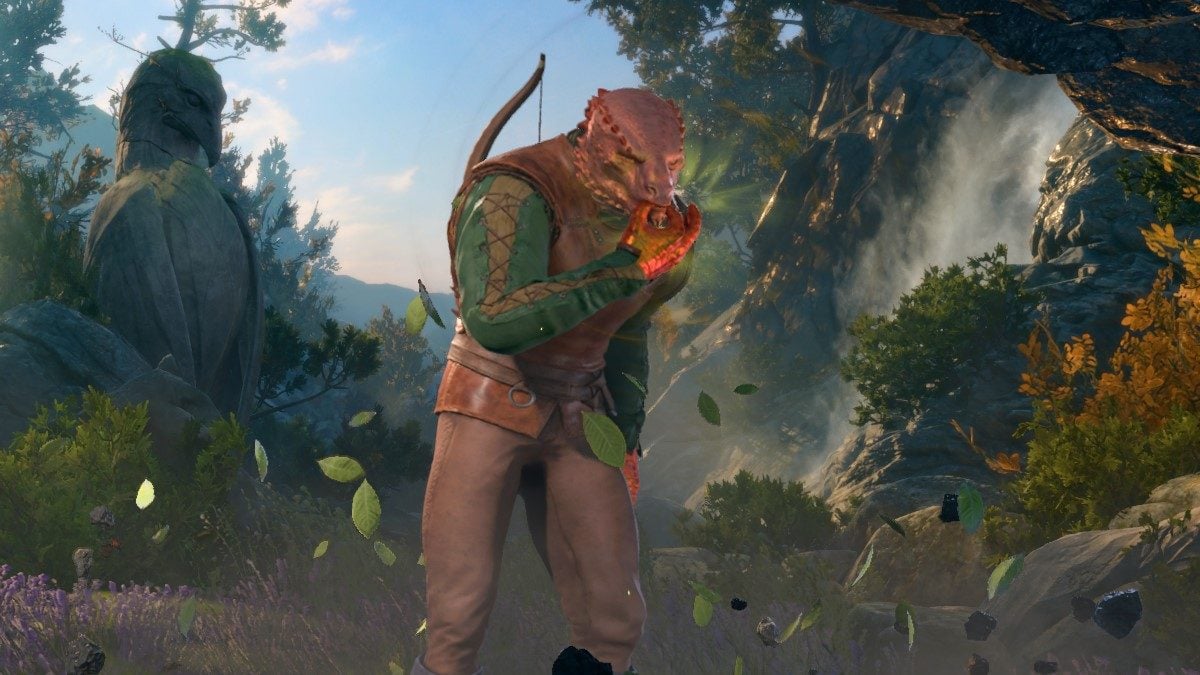
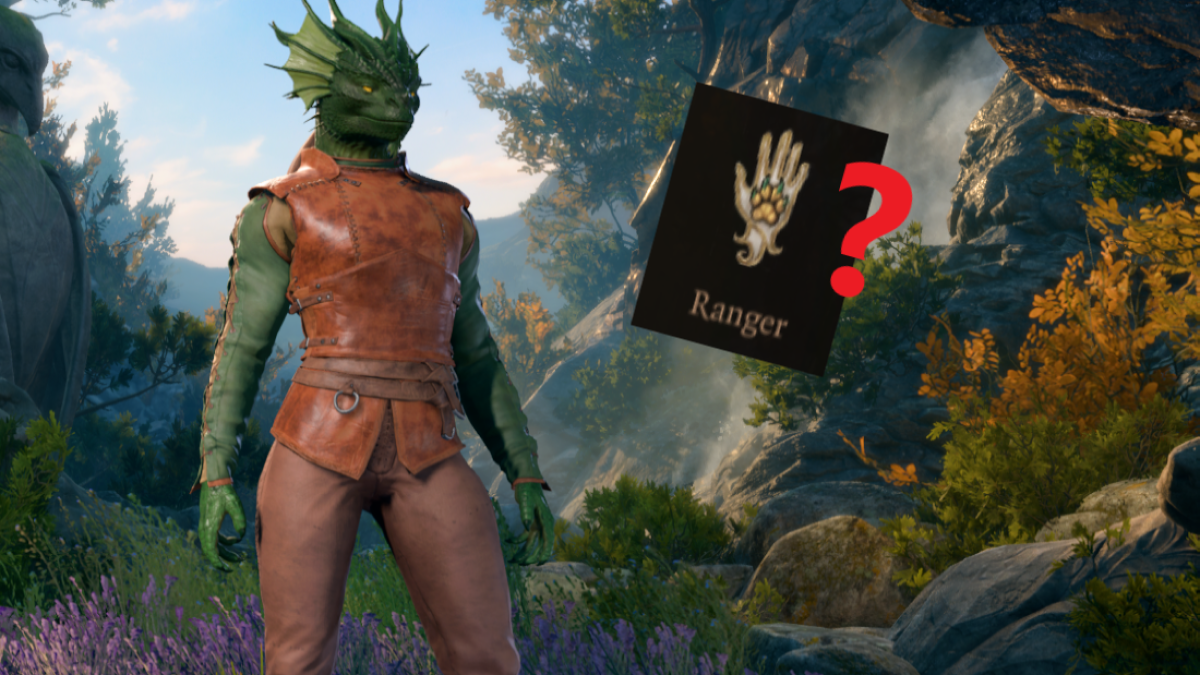
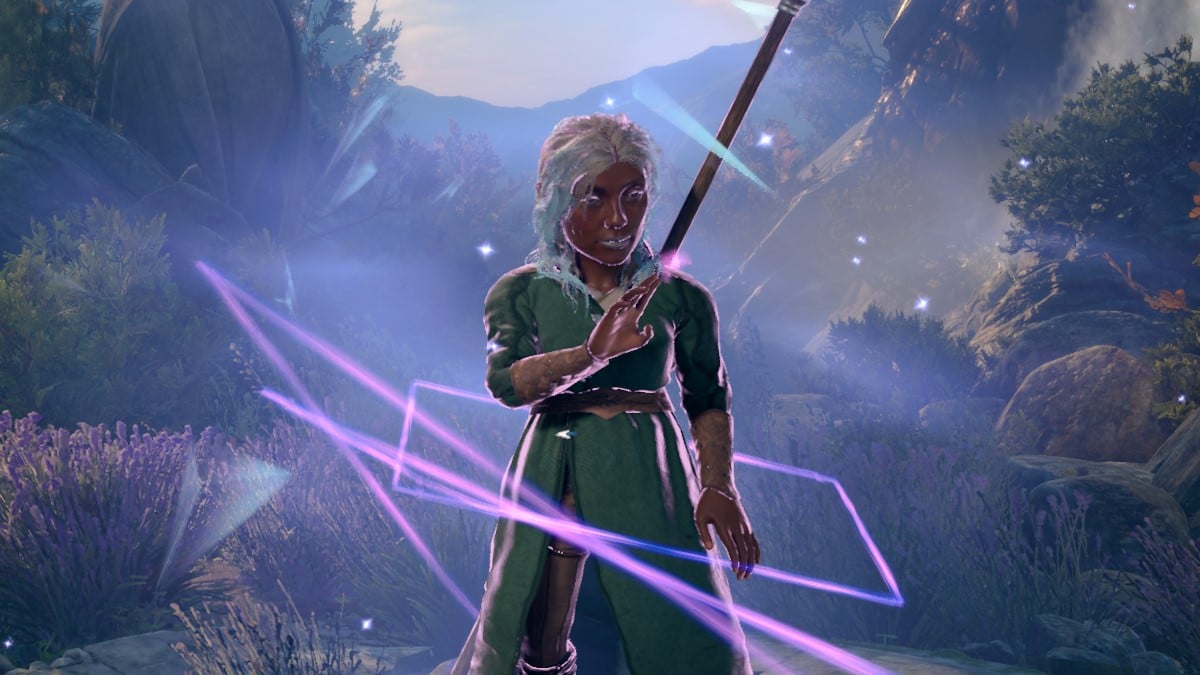
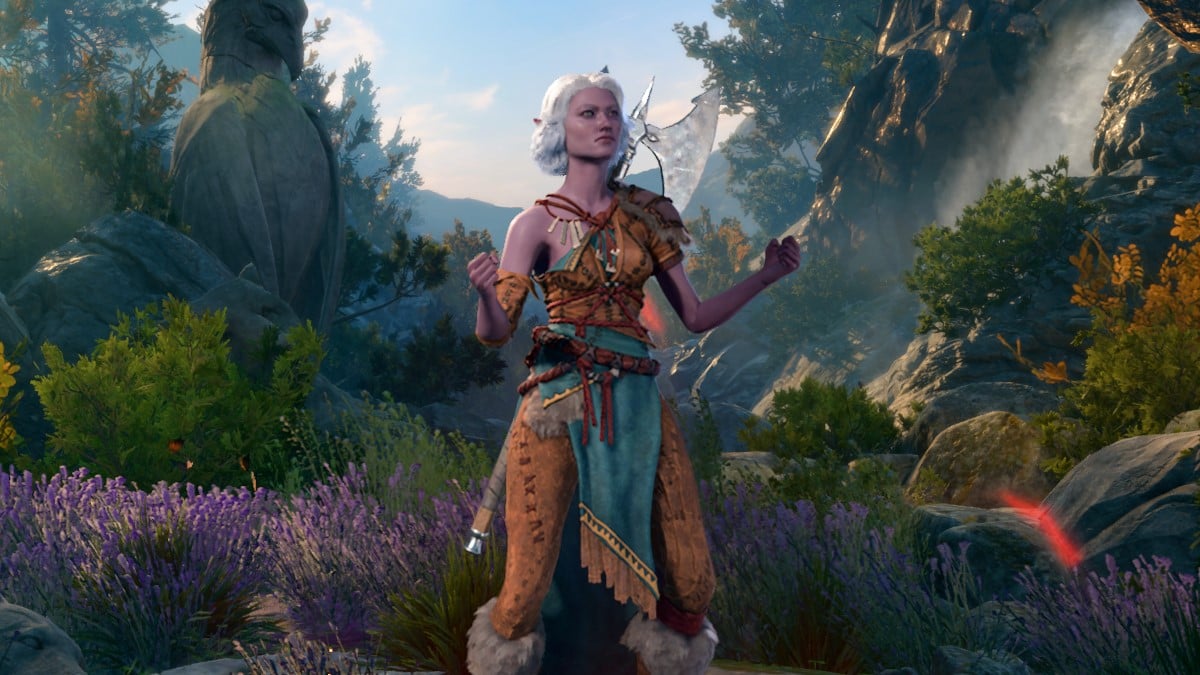
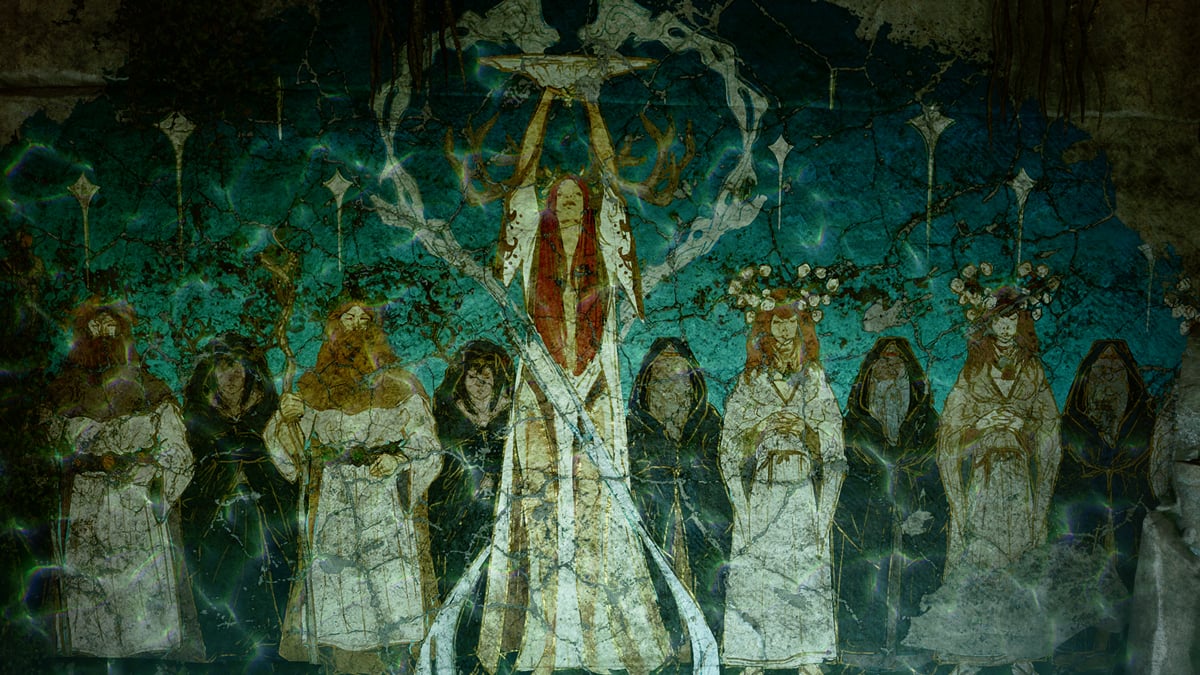
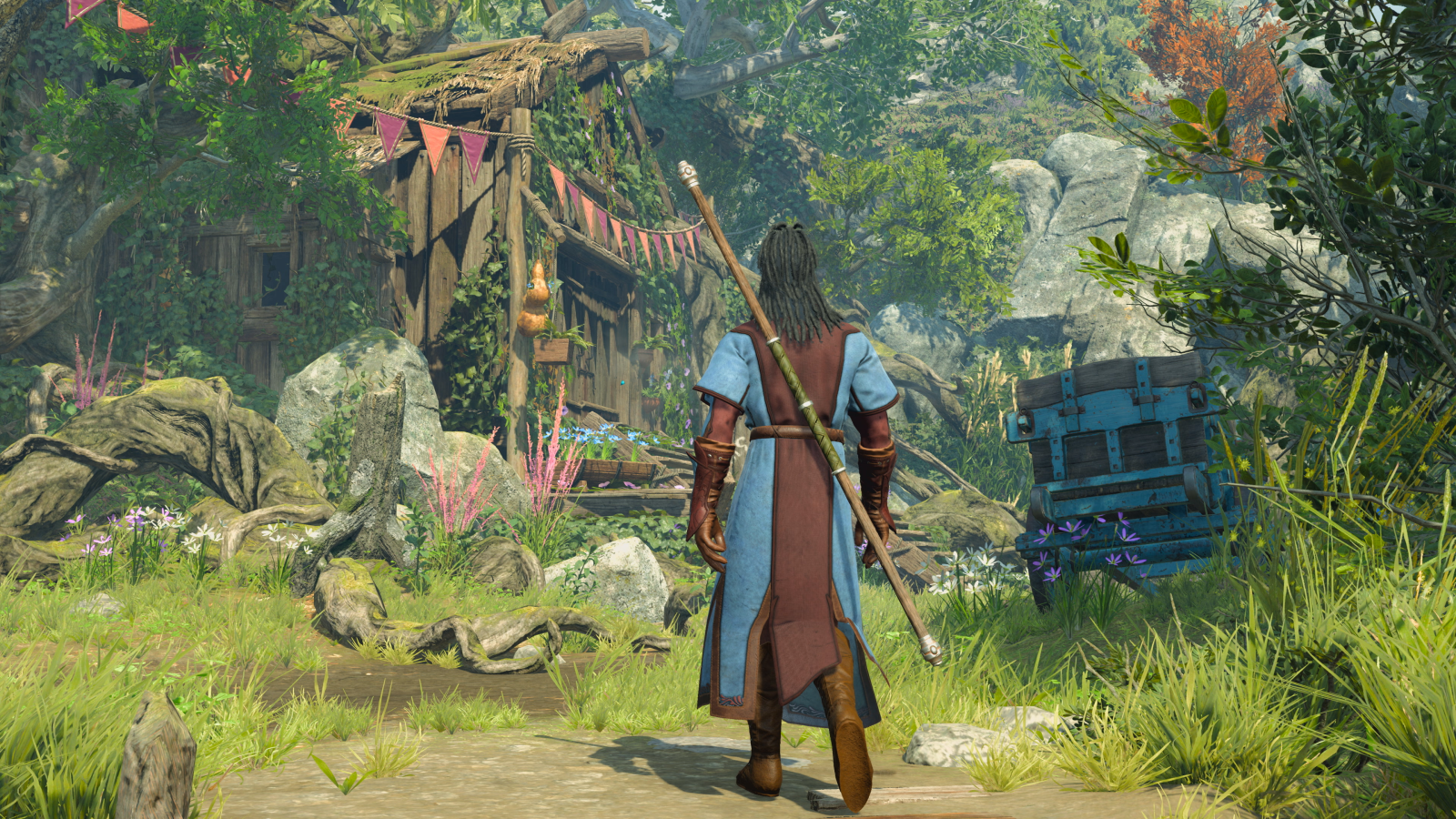

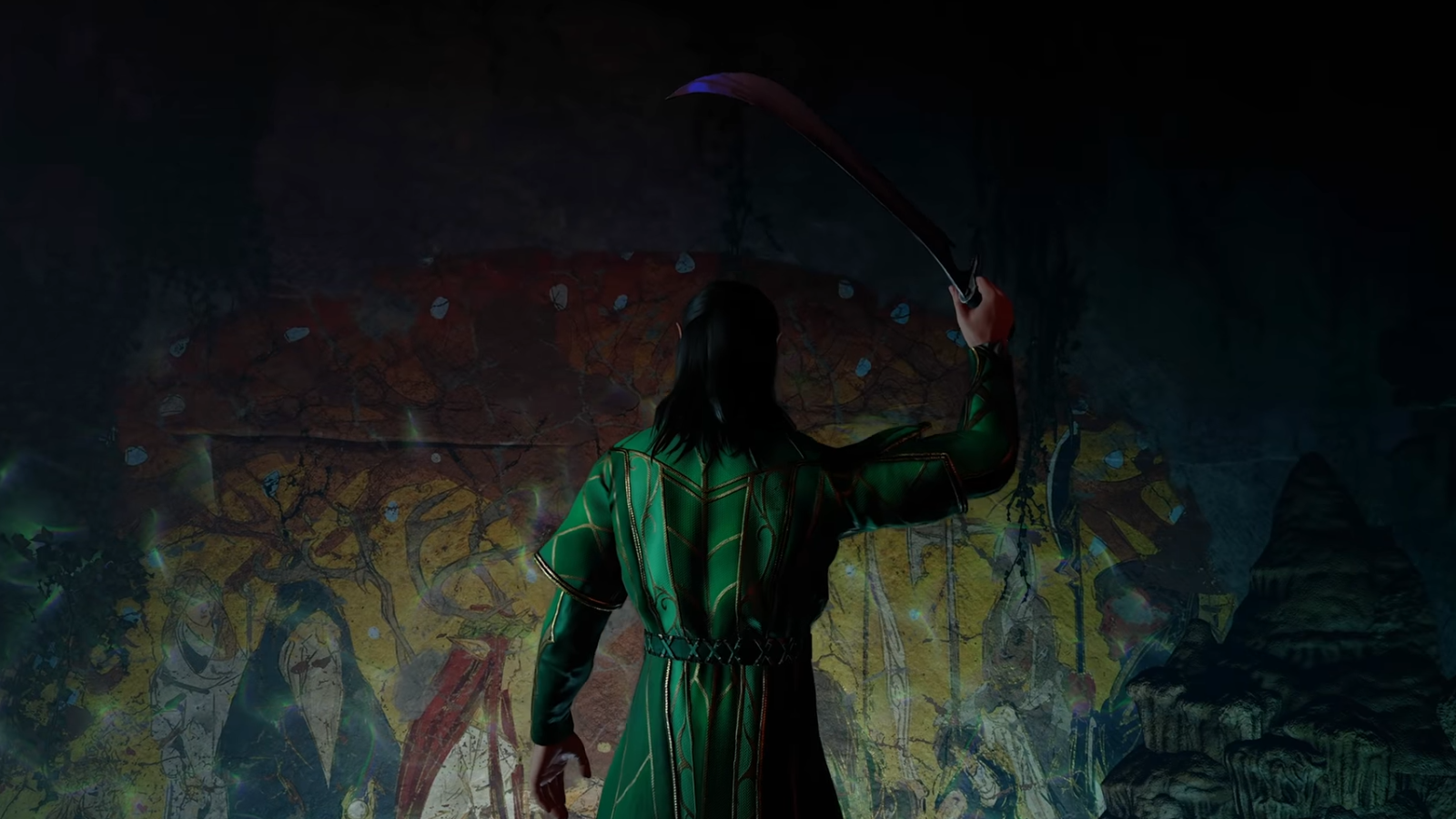
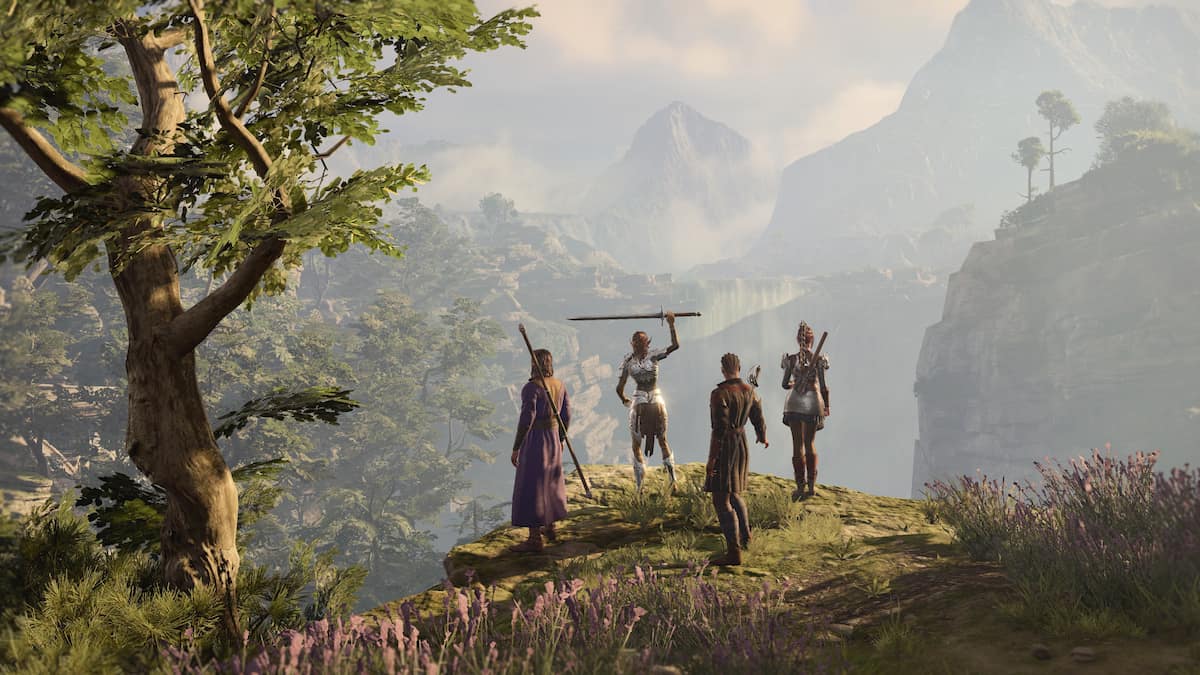

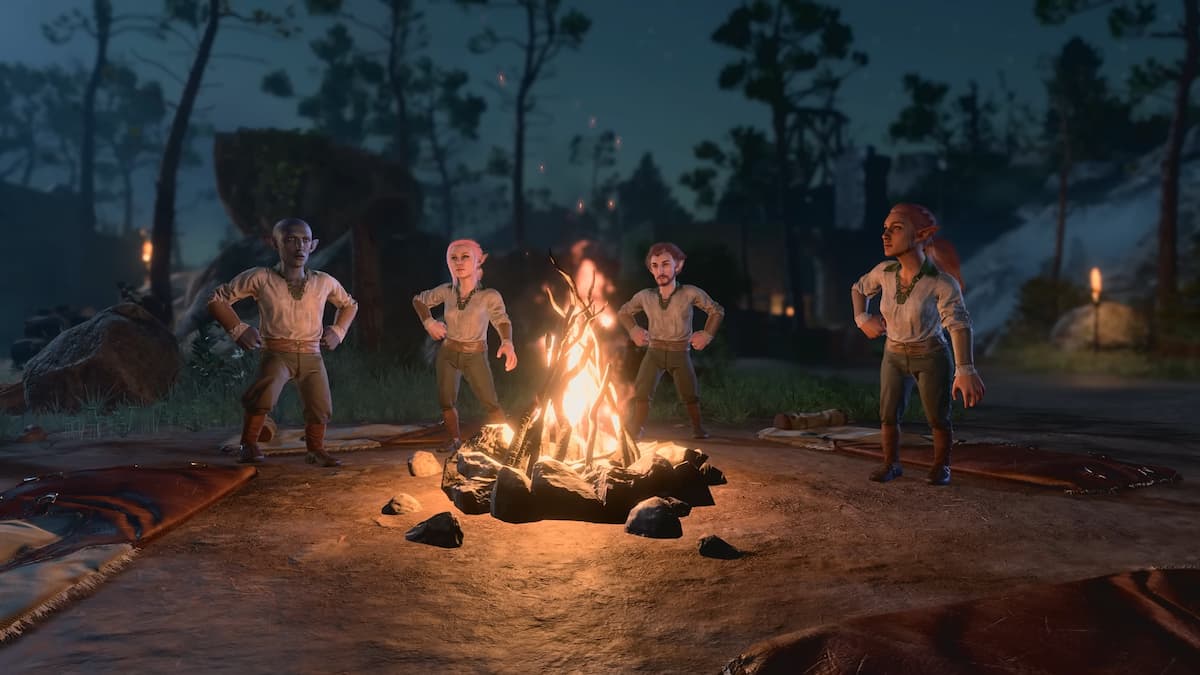


Published: Jan 14, 2024 08:27 am